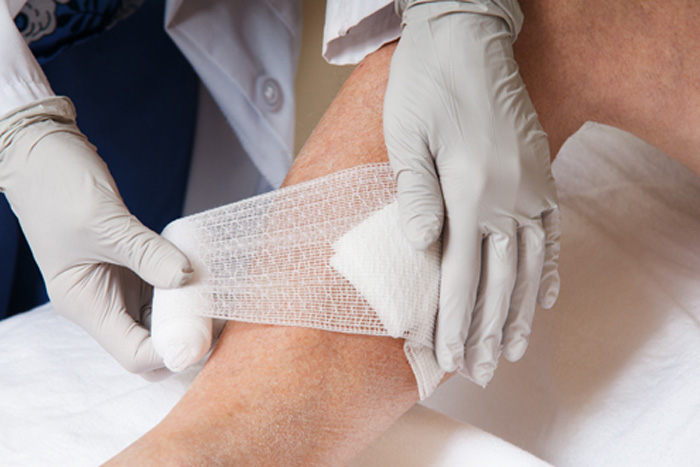Wound care and management has evolved drastically over the centuries. Earlier during ancient times, traditional methods of wound dressing and healing were used. Though modern techniques are advanced now, traditional approaches still hold significance.
Herbal Remedies
Herbal medicines have a long history of use in traditional wound treatment. Several plant-based remedies were used as natural antibiotics, disinfectants and healers. Some commonly used herbs include:
– Aloe Vera: Known for its anti-inflammatory, antimicrobial and wound healing properties. Fresh Aloe Vera gel was directly applied on wounds to promote healing.
– Garlic: Crushed garlic cloves contain compounds like allicin that have antibacterial effects. Garlic paste or oil was applied topically or consumed orally to prevent infections being Traditional Wound Management system.
– Turmeric: The compound curcumin in turmeric is a powerful antioxidant and antiseptic. A turmeric paste was directly used or mixed with other herbs and applied to wounds.
– Manuka Honey: Honey has natural osmotic and antimicrobial effects. Manuka honey from New Zealand was commonly used as a topical wound dressing.
– Neem: All parts of the Neem tree like leaves, bark and seeds contain compounds with antimicrobial and antifungal properties. Neem paste or oil finds mention in several traditional medicine texts.
These herbal remedies were easily and widely available making them a key part of traditional first aid practices globally. Their use helped prevent infections and aided natural wound healing.
Surgical Techniques
Before availability of modern medical equipment, traditional wound closure methods were employed. Some surgical wound management practices involved:
– Stitching or Suturing: Threaded needle and fibers from plants like flax or animal products like silk or sinew were used for wound edge approximation and suturing.
– Cauterization: A hot metal, dagger or iron was used to burn wound edges and stop bleeding in case of deep cuts or gashes. This technique is still used in some forms in certain regions.
– Incision & Drainage: Deeper abscesses or boils were incised and drained of pus using sharpened bones, shells or stones as primitive scalpels for lancing.
– Bone Setting: Simple but effective traditional techniques helped set broken or fractured bones including use of splints, casts, traction and manipulation under analgesia.
While rudimentary compared to current methods, these traditional surgical skills saved lives in past eras with limited medical resources and infrastructure.
Dressings
Indigenous plant fibers, animal skins and tissues served as traditional wound coverings and absorbent dressings to promote healing and prevent infections. Some common dressing materials were:
– Fibers: Cotton, linen, jute and hemp fibers were cleaned, softened and used in thin layers or packing for dressings.
– Leaves: Leaves of plants like turmeric, aloe, neem with healing properties were commonly used fresh or dried as dressing material.
– Honey Impregnated Gauze: Finely woven cloth was soaked in sterilizing honey before use as an antiseptic dressing.
– Animal Skin/Intestine: Thin membranes from animals like lamb, goat or cattle were used after processing as semi-permeable wound covers.
– Mud Paste: Healing mud from lakes, river beds, volcanic areas was mixed with plant extracts and applied to draw out toxins and accelerate recovery.
Traditional dressings played a valuable role in absorbing exudate and protecting wounds during all stages of healing given their universal availability and affordability till modern alternatives emerged.
*Note:
1. Source: Coherent Market Insights, Public sources, Desk research
2. We have leveraged AI tools to mine information and compile it



